The Best Time to Visit Delhi for Sightseeing: A Comprehensive Guide
Delhi, India’s vibrant capital, captivates visitors with its rich history, diverse culture, and bustling city life. From ancient monuments like the Red Fort and Humayun’s Tomb to modern marvels such as the Lotus Temple and Qutub Minar, the city offers an unparalleled experience for every traveler. Planning your trip strategically is key to maximizing your enjoyment and ensuring a comfortable journey. This guide explores the ideal time to visit Delhi, considering weather patterns, major festivals, and typical traveler preferences, helping you unlock the best of this incredible city.
Understanding Delhi’s Weather
Delhi experiences distinct seasons, each impacting the sightseeing experience differently. Understanding these variations is crucial for planning your trip.
Summer (March-June):
Intense Heat: Summers in Delhi are scorching, with temperatures soaring well above 40°C (104°F). Humidity levels are also high, making it intensely uncomfortable for outdoor activities. Sightseeing during the peak summer months can be challenging and exhausting.
Impact on Sightseeing: While you can still visit sites, expect limited outdoor exploration due to the heat. Plan your sightseeing for early mornings or late evenings to avoid the harshest sun. Stay well-hydrated and take frequent breaks.
Monsoon (July-September):
Heavy Rainfall: The monsoon season brings heavy rainfall and occasional flooding. While the city cools down considerably, the rain can disrupt travel plans and outdoor activities. Many roads can become waterlogged and some historical sites might be temporarily inaccessible.
Impact on Sightseeing: Sightseeing is possible during the monsoon season, but be prepared for occasional downpours. Pack waterproof clothing and sturdy shoes. Embrace the pleasant weather between showers.
Autumn/Winter (October-February):
Pleasant Weather: This is widely considered the best time to visit Delhi for sightseeing. The weather is crisp, clear, and pleasant, with average temperatures ranging from 10°C (50°F) to 25°C (77°F). The air is dry and comfortable, ideal for exploring the city’s many attractions.
Impact on Sightseeing: You can comfortably explore all of Delhi’s historical sites and vibrant markets during this period. Enjoy long walks, outdoor activities, and evening strolls without the discomfort of extreme heat or rain.
The Best Time to Visit Delhi for Sightseeing
Considering the weather patterns and the impact on sightseeing, the best time to visit Delhi is during the autumn and winter months (October to February). This period offers the most pleasant weather for exploring the city’s historical sites, bustling markets, and vibrant neighborhoods. However, keep in mind that this is also peak tourist season, so you should book your accommodations and flights in advance.
Festivals and Events
Delhi hosts numerous festivals and events throughout the year, adding to its vibrant cultural tapestry. These events can significantly impact your sightseeing experience, both positively and negatively. Consider checking the festival calendar before planning your trip.
- Diwali (October/November): A spectacular festival of lights, Diwali transforms Delhi into a dazzling spectacle. Expect large crowds and vibrant celebrations.
- Holi (March): The festival of colors is a joyous occasion, but it can get crowded and messy. Be prepared for colored powder and water.
Planning Your Trip
To make the most of your Delhi sightseeing experience, consider the following:
- Book accommodations and flights in advance, especially if traveling during peak season (October-February).
- Pack comfortable walking shoes, as you’ll be doing a lot of walking.
- Stay hydrated, especially during the summer months.
- Learn a few basic Hindi phrases, it will enhance your interactions with locals.
Summary Table: Best Time to Visit Delhi
| Season | Months | Temperature | Weather Conditions | Best for |
|---|---|---|---|---|
| Summer | March-June | >40°C (104°F) | Hot, humid | Limited sightseeing, early mornings/evenings |
| Monsoon | July-September | 25-35°C (77-95°F) | Heavy rainfall | Moderate sightseeing, prepare for rain |
| Autumn/Winter | October-February | 10-25°C (50-77°F) | Pleasant, sunny | Ideal for sightseeing |
Ready to explore the wonders of Delhi? Plan your trip during the autumn or winter months for the best sightseeing experience. Book your flights and accommodations today and prepare for an unforgettable adventure!
Ideal for Outdoor Activities and Sightseeing
Winter in Delhi provides the perfect conditions for extensive sightseeing. You can comfortably spend hours exploring iconic landmarks like the Red Fort, Humayun’s Tomb, Qutub Minar, and Jama Masjid without feeling overwhelmed by the heat. The pleasant weather also encourages leisurely strolls through the city’s charming neighborhoods, such as Chandni Chowk and Connaught Place, allowing you to fully immerse yourself in the local culture and atmosphere.
Delhi Sightseeing: Top 5 Places to Visit
Delhi boasts a rich tapestry of historical sites and cultural attractions. Here are five must-see places:
- Red Fort (Lal Qila): A majestic Mughal-era fort and a UNESCO World Heritage Site. Explore its stunning architecture, intricate details, and learn about its rich history as the residence of Mughal emperors. Allow at least 3-4 hours for a thorough visit.
- Humayun’s Tomb: An elegant precursor to the Taj Mahal, this tomb is a masterpiece of Mughal architecture. Its symmetrical design and beautiful gardens make it a must-see for architecture enthusiasts. Plan for approximately 2 hours.
- India Gate: A war memorial dedicated to Indian soldiers who fought in World War I. The imposing structure offers stunning views of Rajpath and is a popular spot for evening strolls. Allow at least 1-2 hours.
- Jama Masjid: One of India’s largest and most impressive mosques. Marvel at its impressive scale, intricate details, and serene atmosphere. Remember to dress modestly when visiting. Allow approximately 1-2 hours.
- Qutub Minar: A towering minaret and UNESCO World Heritage Site. This testament to Indo-Islamic architecture is both visually striking and historically significant. Allow at least 1-2 hours for exploration.
Peak Season: October – March
October to March offers the most pleasant weather in Delhi. Clear skies and comfortable temperatures make exploring the city’s many monuments, bustling markets, and serene gardens a truly enjoyable experience. This period also coincides with several vibrant festivals, adding to the city’s unique charm and cultural richness. However, expect larger crowds and higher prices for accommodation and flights during these months, especially around major holidays. Be sure to book your flights and hotels well in advance if traveling during this peak season.
Shoulder Seasons: February-March & October-November
The shoulder months (February-March and October-November) provide a delightful balance: pleasant weather with significantly fewer crowds than the peak season. This makes it ideal for a more relaxed sightseeing experience, allowing you to fully immerse yourself in Delhi’s rich heritage and culture without the constant hustle and bustle. You can often find better deals on hotels and flights during these months. The slightly warmer or cooler temperatures compared to the peak winter months are still perfectly comfortable for exploring the city.
Times to Avoid: May-June & July-August
Extreme heat (May-June) and heavy monsoon rains (July-August) make these months less than ideal for sightseeing. While some attractions remain accessible, be prepared for significant discomfort and potential disruptions to your plans. If your travel plans are limited to these months, focus on indoor activities, utilize air-conditioned transport, and plan any outdoor visits for the early mornings or late evenings when the temperatures are slightly more bearable.
Best Time Based on Traveler Type
| Traveler Type | Best Time to Visit | Reasoning |
|---|---|---|
| Budget Traveler | Shoulder Seasons (Feb-Mar & Oct-Nov) | Lower prices on flights and accommodation. |
| Luxury Traveler | Peak Season (Oct-Mar) | Best weather, wider range of luxury hotels and experiences. |
| Family Traveler | Shoulder Seasons (Feb-Mar & Oct-Nov) | Pleasant weather, fewer crowds, more relaxed atmosphere. |
| Adventure Traveler | Shoulder Seasons (Feb-Mar & Oct-Nov) | Ideal weather for exploring the city on foot or by bicycle. |
The Overall Best Time to Visit Delhi: Winter’s Embrace
Hands down, the period from October to March is widely considered the most favorable time to visit Delhi. During these months, the weather is pleasant, cool, and perfectly conducive for extensive outdoor exploration, historical site visits, and enjoying the city’s vibrant street life without the discomfort of extreme heat or humidity.
A Detailed Seasonal Breakdown for Your Delhi Trip
Autumn/Early Winter (October – November)
- Pros: This period offers a delightful transition with pleasant temperatures typically ranging from 20°C to 30°C. Skies are generally clear and sunny, following the monsoon, making it ideal for outdoor activities. The post-monsoon greenery adds to the city’s charm, and major festivals like Diwali often fall during these months, bringing a vibrant, celebratory atmosphere.
- Cons: Early October can still experience some warmth, and tourist crowds begin to pick up, leading to slightly higher prices and more people at popular attractions.
Peak Winter (December – February)
- Pros: Chilly but comfortable days, with temperatures ranging from 5°C to 20°C, make it perfect for exploring historical sites, museums, and gardens. Evenings can be quite cold, creating a cozy ambiance. Humidity is low, and the air is generally crisp.
- Cons: Can get very cold, especially at night and early mornings, requiring warm clothing. Occasional dense fog can disrupt travel plans (flights, trains, and road transport). This is also the peak tourist season, meaning higher accommodation prices and larger crowds at popular spots.
Spring (March)
- Pros: March offers mild and pleasant temperatures, typically between 15°C and 28°C, before the intense summer heat sets in. Crowds begin to thin out compared to peak winter, and the colorful Holi festival often falls in March, offering a unique cultural experience.
- Cons: Days start getting noticeably warmer towards the end of the month, signaling the rapid approach of summer.
Summer (April – June)
- Pros: Significantly fewer tourists, which can translate to potentially lower prices for flights and accommodation. If you can tolerate the heat, you’ll experience a less crowded Delhi.
- Cons: Extremely hot and dry weather, with temperatures frequently reaching 35°C to 45°C and sometimes even higher. This makes outdoor sightseeing uncomfortable, increases the risk of heatstroke, and dust storms can occur. Generally, this period is not recommended for extensive sightseeing.
Monsoon (July – September)
- Pros: The monsoon brings much-needed relief from the intense summer heat, making the city feel cooler. The landscapes become lush and green, offering a different kind of beauty. Fewer crowds and potentially lower prices are also advantages.
- Cons: High humidity, intermittent heavy rainfall can significantly disrupt outdoor plans, and muddy conditions are common. Increased mosquito activity is also a concern. While a unique experience, it can be challenging for extensive sightseeing and requires flexibility in your itinerary.
For Foodies and Shoppers
Delhi is a paradise for culinary adventurers and shopping enthusiasts, and the cooler months from October to March provide the perfect backdrop for indulging in these passions. Exploring the bustling street food scene of Chandni Chowk, sampling diverse regional cuisines in Connaught Place, or enjoying a leisurely meal at a rooftop restaurant is far more enjoyable when the weather is pleasant and you’re not battling sweat. Similarly, navigating the vibrant and extensive markets like Sarojini Nagar, Dilli Haat, Janpath, or Khan Market for traditional handicrafts, fashion, and souvenirs becomes a delightful experience without the discomfort of oppressive heat or humidity. Many food festivals and seasonal sales also coincide with this peak season, offering even more reasons to visit for an unforgettable gastronomic and retail therapy journey.
For Photography Enthusiasts
Capturing Delhi’s dynamic essence through a lens requires optimal light and comfortable conditions. October to March, particularly the early winter months of October and November, offer stunning photographic opportunities. The clear, post-monsoon skies provide excellent visibility and vibrant colors, perfect for landscape and architectural shots. The golden hour during sunrise and sunset casts a magical glow on ancient monuments, enhancing their intricate architectural beauty. Even the occasional winter fog can create dramatic, atmospheric shots, adding a unique character to your portfolio. During this period, you can spend extended hours outdoors, experimenting with different angles and lighting, without worrying about harsh midday sun or lens-fogging humidity, making it perfect for both amateur and professional photographers seeking to capture Delhi’s soul.
For Festival Goers
Delhi is a city that loves to celebrate, and its festival calendar is packed with vibrant events that offer deep insights into Indian culture. To immerse yourself in the city’s
Families with Children
The period from November to February presents the most favorable conditions for families with children. The weather is pleasant and mild, minimizing the risks associated with extreme heat or heavy rainfall. This makes it ideal for engaging in various outdoor activities such as visiting Delhi’s numerous parks, exploring historical sites like Humayun’s Tomb or the Red Fort at a comfortable pace, and enjoying other child-friendly attractions. The reduced risk of heatstroke or monsoon downpours ensures a safer and more enjoyable experience for the whole family.
Solo Travelers/Backpackers
Budget-conscious solo travelers and backpackers will find the shoulder seasons—February to March and October to November—particularly appealing. These months offer a sweet spot: pleasant weather, fewer crowds than the peak season, and more budget-friendly accommodation options. The milder weather allows for extensive exploration using Delhi’s efficient public transport system, and you’ll have ample opportunity to savor the city’s delicious street food. The less hectic atmosphere makes it easier to connect with locals and fellow travelers.
Luxury Travelers
For luxury travelers seeking an opulent experience, December to January, coinciding with the festive season, is the perfect time to visit. Delhi’s luxury hotels often offer special packages and events during this period. The city is beautifully adorned with festive decorations, creating a truly magical and charming winter atmosphere. You can expect high-end accommodation and a range of exclusive experiences.
Planning Your Day: Optimal Sightseeing Times
- Morning (8 AM – 11 AM): Ideal for visiting outdoor monuments like the Qutub Minar, Humayun’s Tomb, and the Lotus Temple before the heat intensifies and the crowds swell. The soft morning light is also excellent for photography.
- Afternoon: During summer, opt for indoor attractions like museums (National Museum, National Rail Museum, Crafts Museum) or shopping malls to escape the heat. In other seasons, enjoy a more relaxed pace, perhaps a leisurely lunch, or visit markets that come alive later in the day.
- Evening (4 PM – 8 PM): Stroll around India Gate, explore Connaught Place’s shops and cafes, enjoy street food in Old Delhi, or visit Dilli Haat for cultural performances and crafts. The cooler temperatures make evening walks very pleasant.
- Night: Experience sound and light shows at the Red Fort or Purana Qila, which narrate Delhi’s rich history. Explore Delhi’s vibrant nightlife in areas like Hauz Khas Village or Connaught Place, or enjoy a fine dining experience.
Additional Tips for Your Delhi Visit
No matter when you decide to visit, here are some general tips to enhance your Delhi travel experience:
- Book Accommodation: Especially during the peak winter season, book your hotels and flights well in advance.
- Transportation: Delhi boasts an excellent Metro system, which is a comfortable and efficient way to travel. Taxis, auto-rickshaws, and ride-sharing apps are also readily available.
- Hydration: Always carry a water bottle, particularly outside of the cooler winter months. Staying hydrated is crucial.
- Clothing: Pack according to the season. Layers are best for winter, while light, breathable cotton clothing is essential for summer and monsoon. For visiting religious sites, modest clothing covering shoulders and knees is recommended.
- Footwear: Comfortable walking shoes are a must, as you’ll be doing a lot of exploring on foot.
- Safety: Like any large city, it’s wise to be aware of your surroundings, especially in crowded areas. Keep your belongings secure.
Conclusion
While Delhi is a city that never truly sleeps and offers something unique in every season, the period from October to March stands out as the undisputed best time for Delhi sightseeing. The pleasant weather, vibrant festivals, and comfortable conditions for exploration make it an ideal choice for first-time visitors and seasoned travelers alike. However, with careful planning, each season can offer a distinct and rewarding experience of this incredible capital.
Ready to Explore Delhi?
Don’t wait! Start planning your unforgettable journey to Delhi today. Whether you’re drawn by ancient history, vibrant culture, or delicious street food, Delhi promises an adventure of a lifetime. Book your trip during the golden window of October to March for the most comfortable and enriching experience, or embrace the unique charm of other seasons with our handy guide. Share your Delhi travel plans with us in the comments!
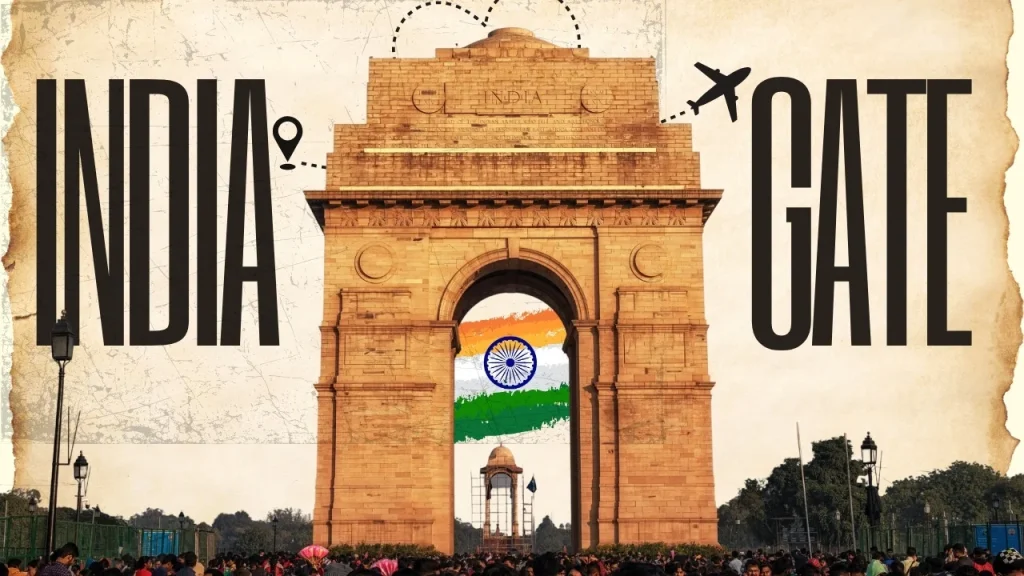
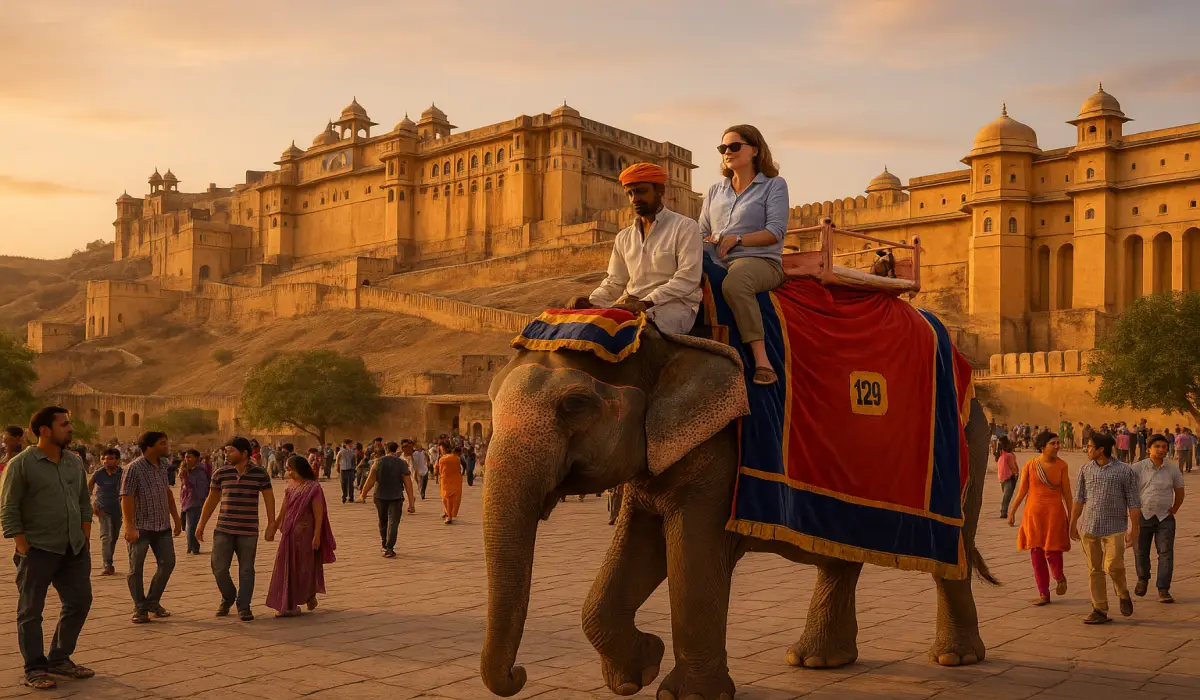


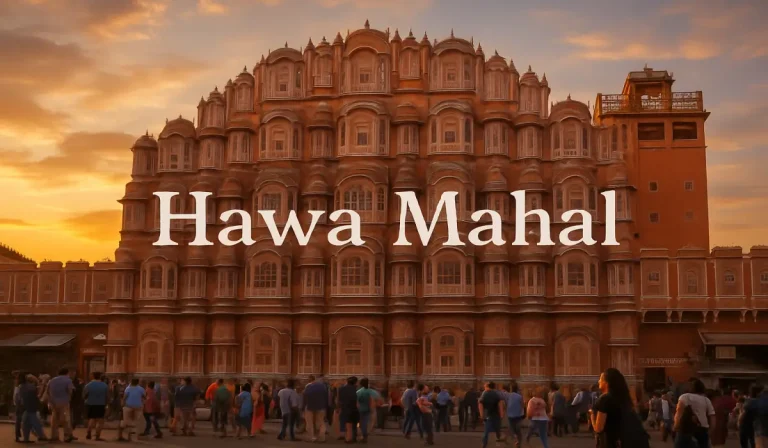
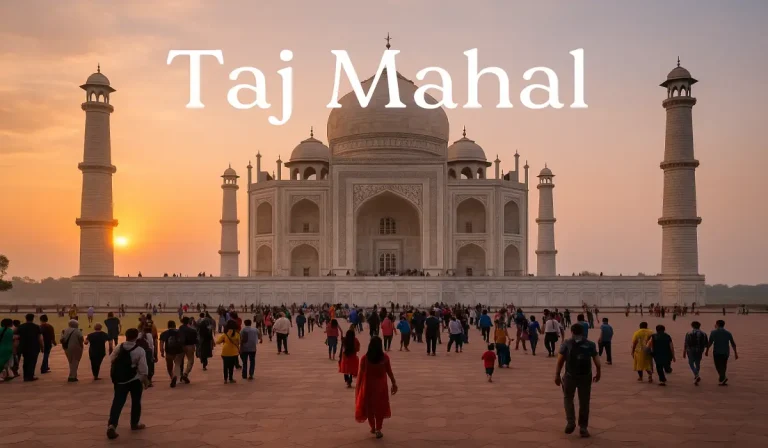

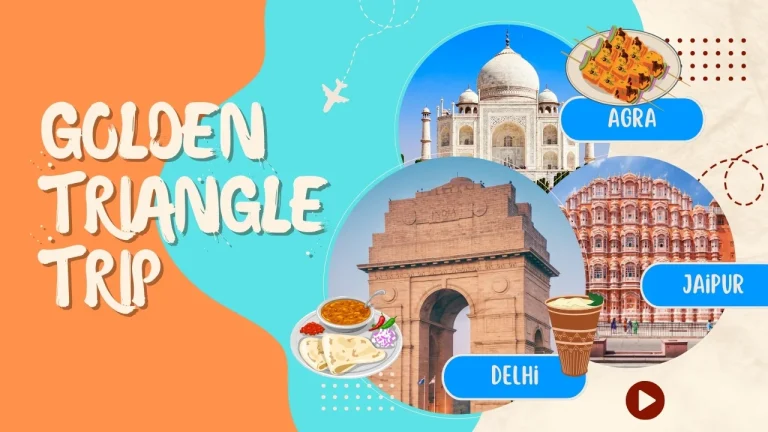
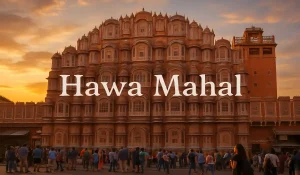
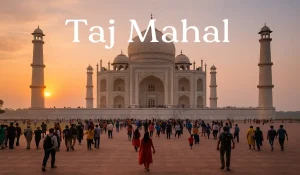

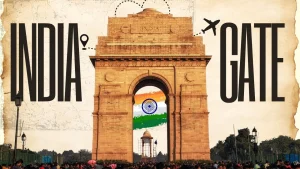







Leave a Comment